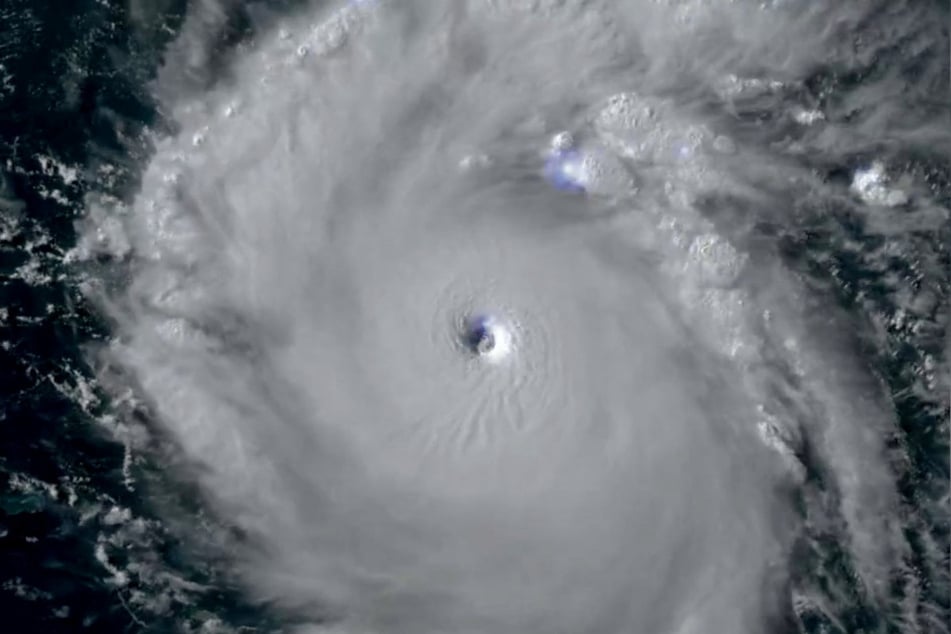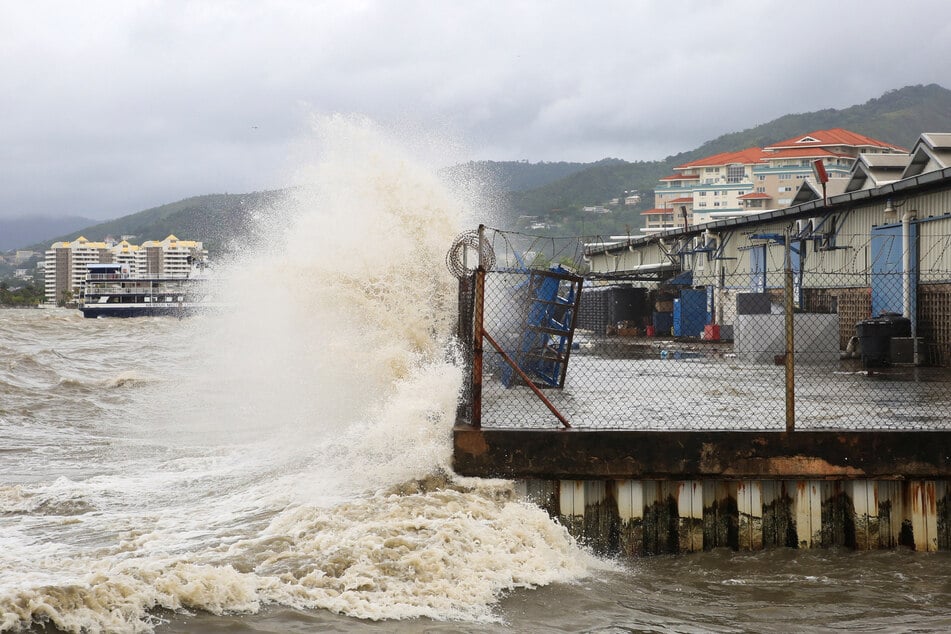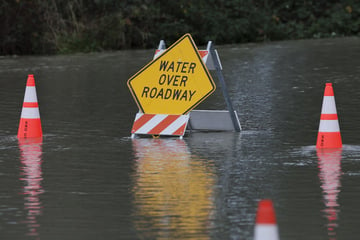Hurricane Beryl strengthens to Category 5 as it pummels Caribbean
Hillsborough, Grenada - Hurricane Beryl strengthened into a top-level category 5 storm late Monday after it swept across several islands in the southeastern Caribbean, dumping heavy rain and unleashing devastating winds.

Beryl is now the earliest category 5 storm in the Atlantic on record, and has developed into a "potentially catastrophic" hurricane with maximum sustained winds of 160 miles per hour, the US National Hurricane Center (NHC) said.
Early in the day, Grenada's Carriacou Island took a direct hit from the storm's "extremely dangerous eyewall," with sustained winds at upwards of 150 miles, the NHC said.
Nearby islands, including St. Vincent and the Grenadines, also experienced "catastrophic winds and life-threatening storm surge," according to the NHC.
"In half an hour, Carriacou was flattened," Grenada's Prime Minister Dickon Mitchell told a press conference.
"We are not yet out of the woods," Mitchell added, noting that while no deaths had been reported so far, he could not say for sure that none had occurred.
Video obtained by AFP from St. George's in Grenada showed heavy downpours with trees buffeted by gusts.
Later on social media, Mitchell said the government was working to get relief supplies to both Carriacou and the island of Petite Martinique on Tuesday.
"The state of emergency is still in effect. Remain indoors," he wrote on Facebook.
Hurricane Beryl, a rare early strong storm

Beryl became the first hurricane of the 2024 Atlantic season on Saturday and quickly gathered strength.
Experts say that such a powerful storm forming this early in the Atlantic hurricane season – which runs from early June to late November – is extremely rare.
It is the first hurricane since NHC records began to reach the Category 4 level in June, and the earliest to reach Category 5 in July.
"Only five major (Category 3+) hurricanes have been recorded in the Atlantic before the first week of July," hurricane expert Michael Lowry posted on social media platform X.
Barbados appeared to be spared from the worst of the storm but was still hit with high winds and pelting rain, though officials reported no injuries so far.
Barbados seems to have "dodged a bullet," Minister of Home Affairs and Information Wilfred Abrahams said in an online video. Nonetheless, "gusts are still coming, the storm-force winds are still coming," he said.
Homes and businesses were flooded in some areas, and fishing boats were damaged in Bridgetown.
The storm prompted the cancellation of classes on Monday in several of the islands, while a meeting this week in Grenada of the Caribbean regional bloc CARICOM was postponed.
Jamaica has issued a hurricane warning, ahead of the storm's expected arrival on Wednesday. The NHC also warned the Cayman Islands and areas on the Yucatan Peninsula to monitor the storm's progress.
Hurricane Beryl heralds rise in extreme weather
A Category 3 or higher on the Saffir-Simpson scale is considered a major hurricane.
The US National Oceanic and Atmospheric Administration said in late May that it expects this year to be an "extraordinary" hurricane season, with up to seven storms of Category 3 or higher.
The agency cited warm Atlantic Ocean temperatures and conditions related to the weather phenomenon La Nina in the Pacific for the expected increase in storms.
Extreme weather events including hurricanes have become more frequent and more devastating in recent years as a result of climate change.
Cover photo: Cooperative Institute for Research in the Atmosphere at Colorado State University and the National Oceanic and Atmospheric Administration (CSU/CIRA & NOAA)/Handout via REUTERS
